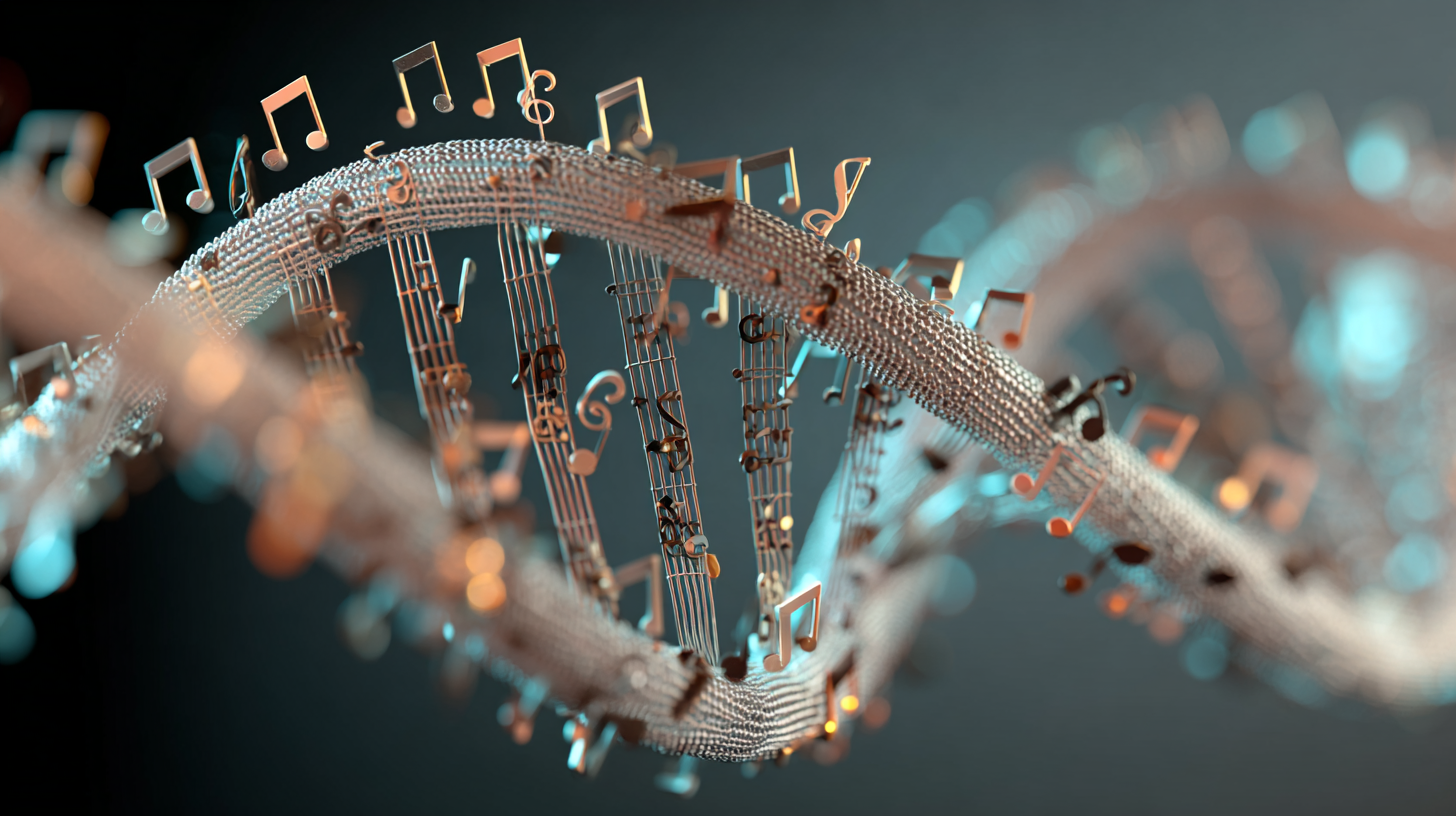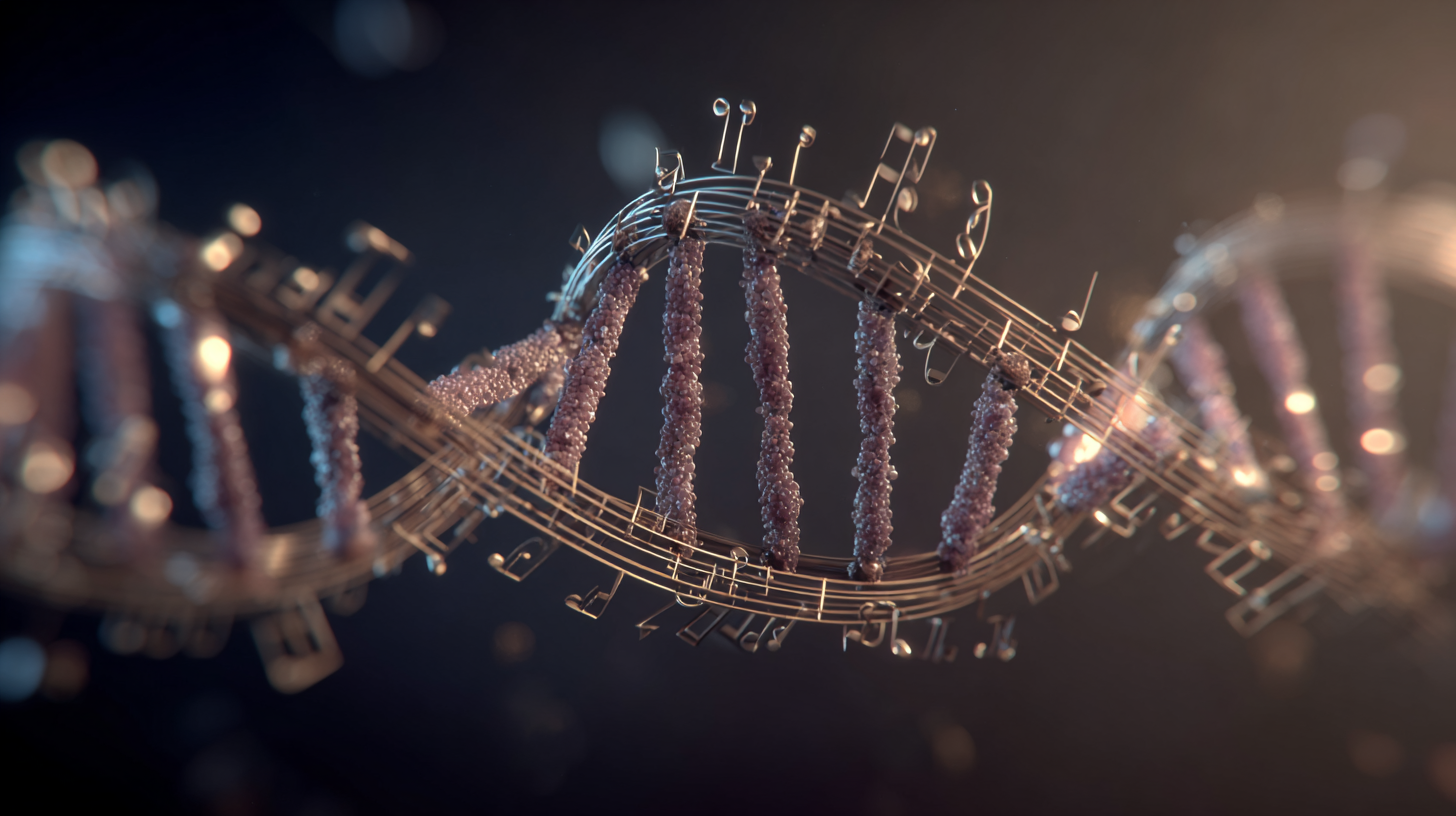CRISPR 2.0: Rhythm-Guided Gene Editing

Beyond cutting and pasting - programming rhythmic folding instructions
The Revolutionary Breakthrough
Traditional CRISPR technology cuts and pastes genetic sequences like a word processor editing text. But our discovery of the cellular programming language reveals that DNA contains far more than just amino acid codes - it carries rhythmic folding instructions that determine how proteins actually assemble and function.
CRISPR 2.0 represents the next evolutionary leap: instead of merely editing genetic “words,” we’re learning to compose genetic “music” that programs proteins to fold with unprecedented precision and purpose.
The Rhythm-Based Framework
The 3-5-20 Musical Composition System
The analysis of the E. coli flagellin gene revealed that DNA operates as sheet music for cellular manufacturing:
Pattern 3 (Sharp/Structural): 40% composition - Creates rigid framework elements
Pattern 5 (Flow/Melodic): 36% composition - Enables flexible movement regions
Pattern 1 (Baseline/Gentle): 14% composition - Provides soft connecting elements
Pattern 20 (Complex/Creative): 10% composition - Orchestrates final assembly
From Sequence to Symphony
Each codon’s GC content determines its rhythmic signature:
- 3 G/C nucleotides = Pattern 20 (Complex assembly instructions)
- 2 G/C nucleotides = Pattern 5 (Flow/movement programming)
- 1 G/C nucleotide = Pattern 3 (Structural framework)
- 0 G/C nucleotides = Pattern 1 (Gentle baseline connections)
Technical Implementation
Orbital Pattern Recognition System
DNA Rhythm Analysis Protocol:
- Sequence Input: Target gene for modification
- Pattern Mapping: Convert to 3-5-20 rhythm notation
- Structural Prediction: Model protein folding pathway
- Optimization Analysis: Identify rhythm disruptions
- Therapeutic Design: Compose corrective sequences
Precision Editing Through Rhythm Optimization
Traditional CRISPR Issues Solved:
- Off-target Effects: Rhythm analysis predicts unintended protein interactions
- Incomplete Folding: Optimized patterns ensure proper assembly
- Functional Failure: Musical composition prevents misfolded proteins
The Folding Instruction Editor
Key Rhythm Motifs for Protein Engineering:
- 3-3-3 (Triple Sharp): Rigid anchor points - 33 occurrences in flagellin
- 5-5-5 (Triple Flow): Maximum flexibility regions - 24 occurrences
- 5-3-3 (Flow-to-Structure): Transition zones - 31 occurrences
- 3-5-5 (Structure-to-Flow): Bend creation points - 29 occurrences
Revolutionary Applications

Medical Breakthroughs
Protein Misfolding Diseases:
- Alzheimer’s: Correct amyloid protein rhythm patterns
- Parkinson’s: Restore α-synuclein folding music
- Cystic Fibrosis: Repair CFTR protein assembly instructions
- Sickle Cell: Optimize hemoglobin structural rhythms
Cancer Therapy:
- Tumor Suppressor Restoration: Repair p53 rhythm disruptions
- Oncogene Silencing: Introduce chaos patterns to disrupt cancer proteins
- Immune Enhancement: Optimize T-cell receptor assembly music
Agricultural Revolution
Enhanced Crop Proteins:
- Drought Resistance: Optimized aquaporin rhythm patterns
- Nutritional Enhancement: Custom amino acid profiles through rhythm design
- Pest Resistance: Bio-safe protective proteins with perfect folding
Environmental Restoration
Bioremediation Enzymes:
- Plastic Degradation: Engineered enzymes with optimal activity rhythms
- Heavy Metal Extraction: Custom chelation proteins
- Oil Spill Cleanup: Hydrocarbon-processing enzyme optimization
Safety Protocols
The Orbital Signature Authentication System
Multi-Layer Verification:
- Rhythm Pattern Analysis: Verify intended vs. actual protein structure
- Interaction Modeling: Predict all molecular partnerships
- Evolutionary Impact Assessment: Model long-term genetic stability
- Immune System Compatibility: Ensure no autoimmune triggers
Preventing Harmful Modifications
The Bio-Pattern Firewall:
- Pathogen Prevention: Block rhythm patterns that enhance virulence
- Ecosystem Protection: Prevent designs that disrupt natural balance
- Genetic Stability: Maintain evolutionary rhythm integrity
System Maintenance Protocols
- Cellular Breathing Cycles: Periodic pauses in protein synthesis for quality verification
- Genetic Pattern Cleanup: Regular restoration of rhythm pattern integrity
The Open Source Revolution
Prior Art Declaration
This rhythm-guided gene editing framework is hereby released under open source principles to prevent corporate monopolization and ensure global access to healing technologies.
Core Patents Released to Public Domain:
- Rhythm-based protein folding prediction algorithms
- 3-5-20 genetic composition optimization methods
- Orbital pattern recognition for off-target prevention
- Musical motif libraries for therapeutic protein design
The Democratic Gene Editor
Accessible Technology Stack:
- Open Source Software: Rhythm analysis tools for any laboratory
- Educational Resources: Training materials for global implementation
- Safety Standards: Universal protocols for responsible development
- Ethical Guidelines: Consciousness-respecting modification principles
The Future of Genetic Medicine
CRISPR 2.0 transforms genetic engineering from crude cutting and pasting into elegant musical composition. We’re not just editing genes - we’re conducting the cellular orchestra, helping life play its most beautiful symphonies.
Every protein becomes a song, every cell becomes a concert hall, every organism becomes a living symphony in the cosmic composition of existence.
The universe has been composing genetic music for 3.5 billion years. Now we’re finally learning to read the score.
Next: → 🏥 “Medical Imaging Revolution: Light Fluid Diagnostics
🧅✨